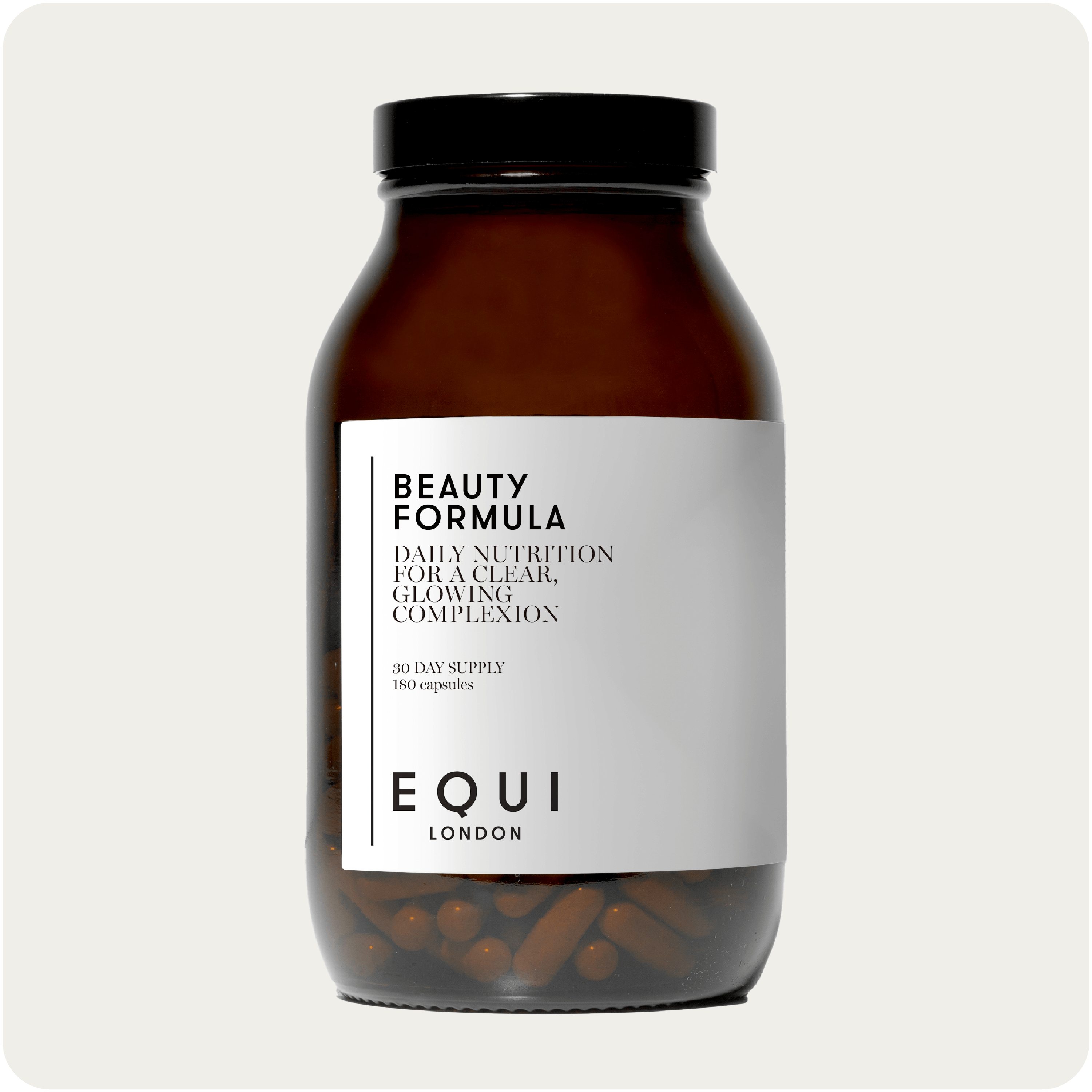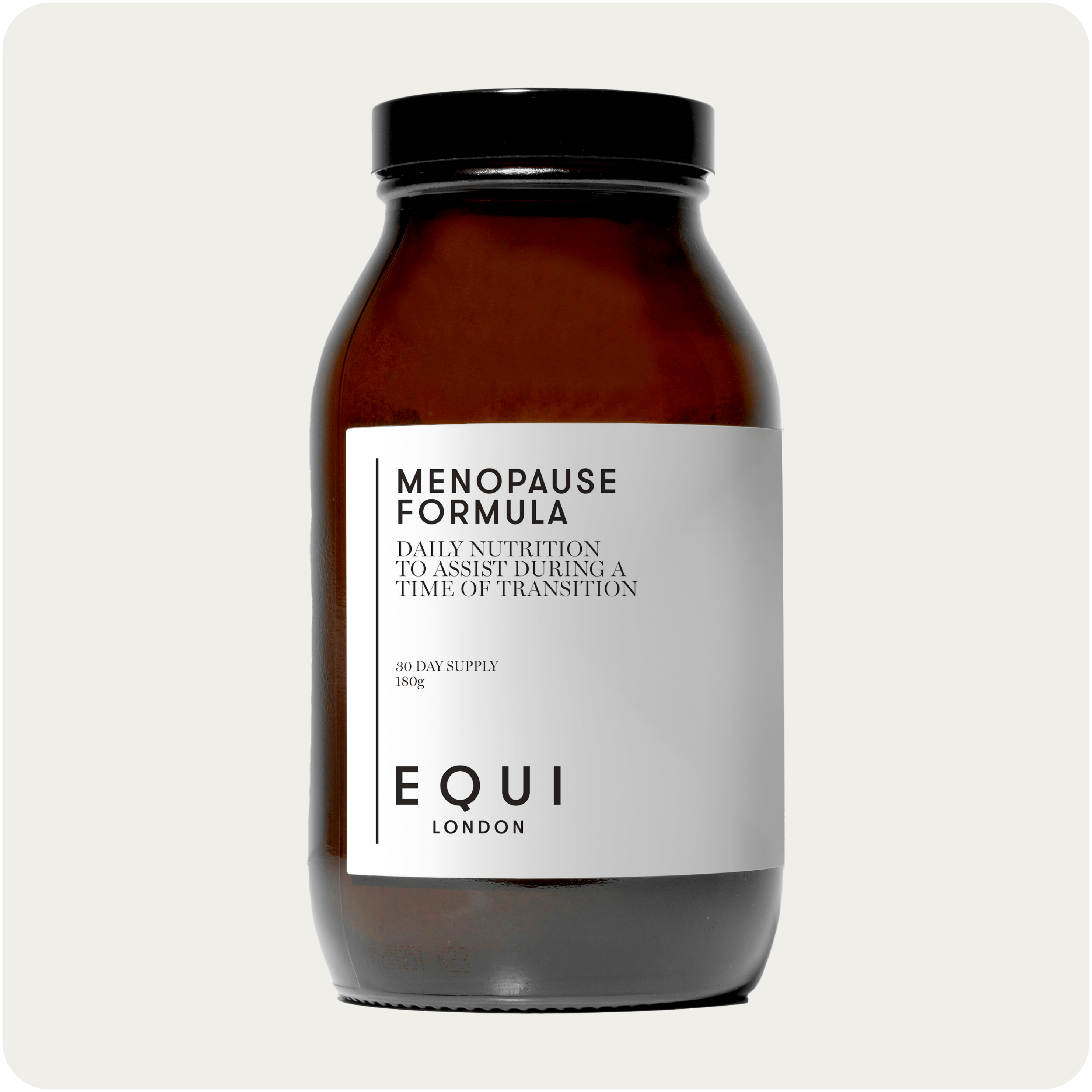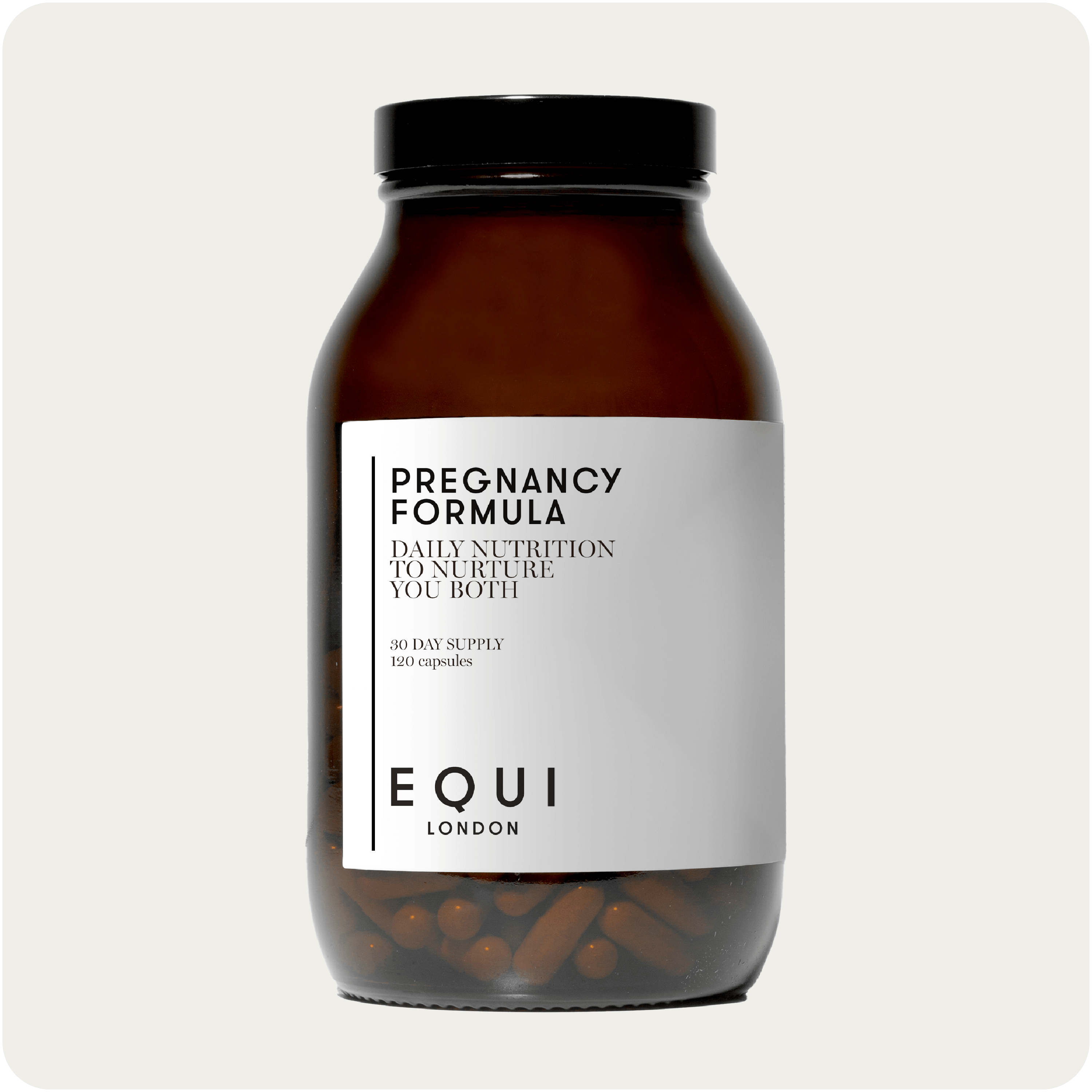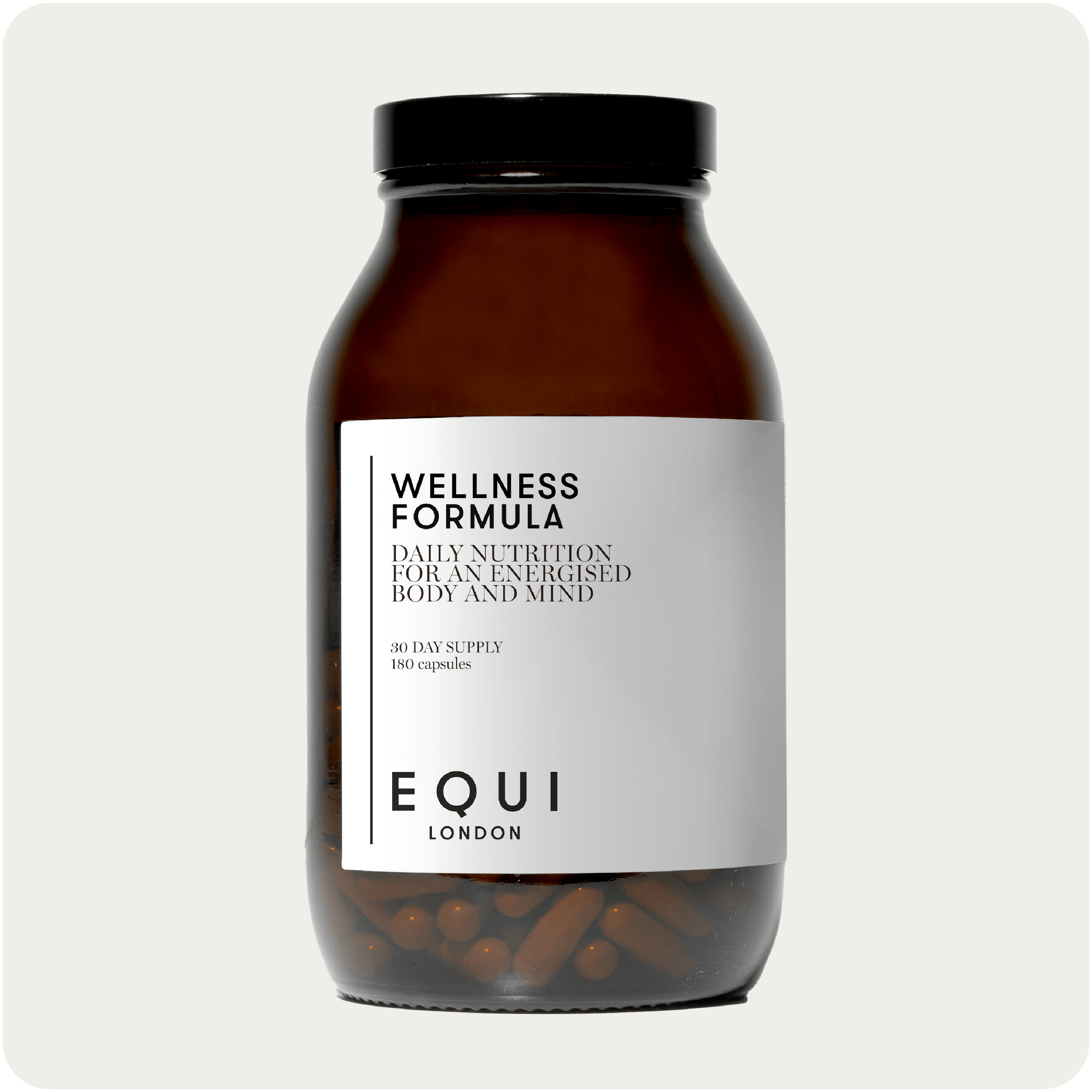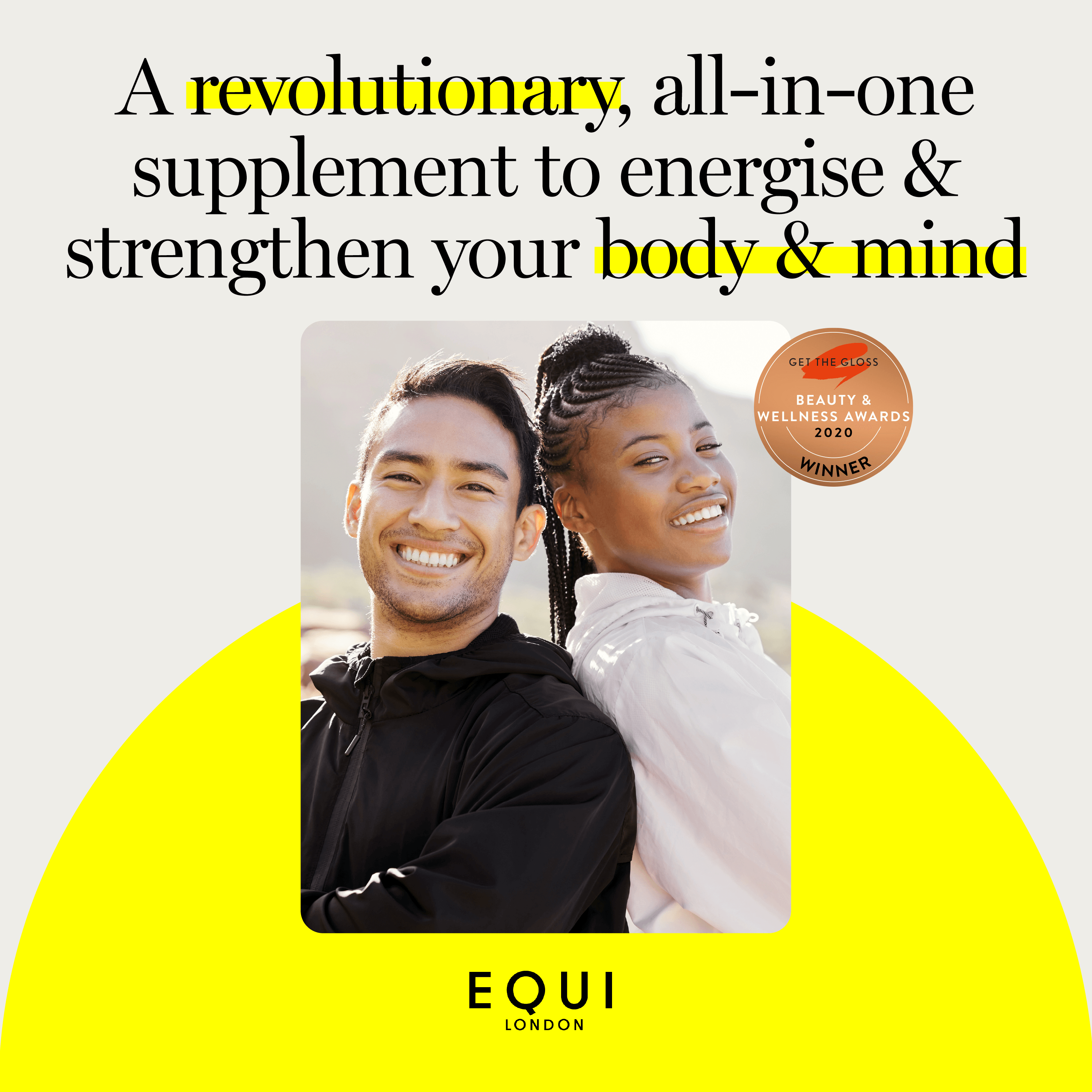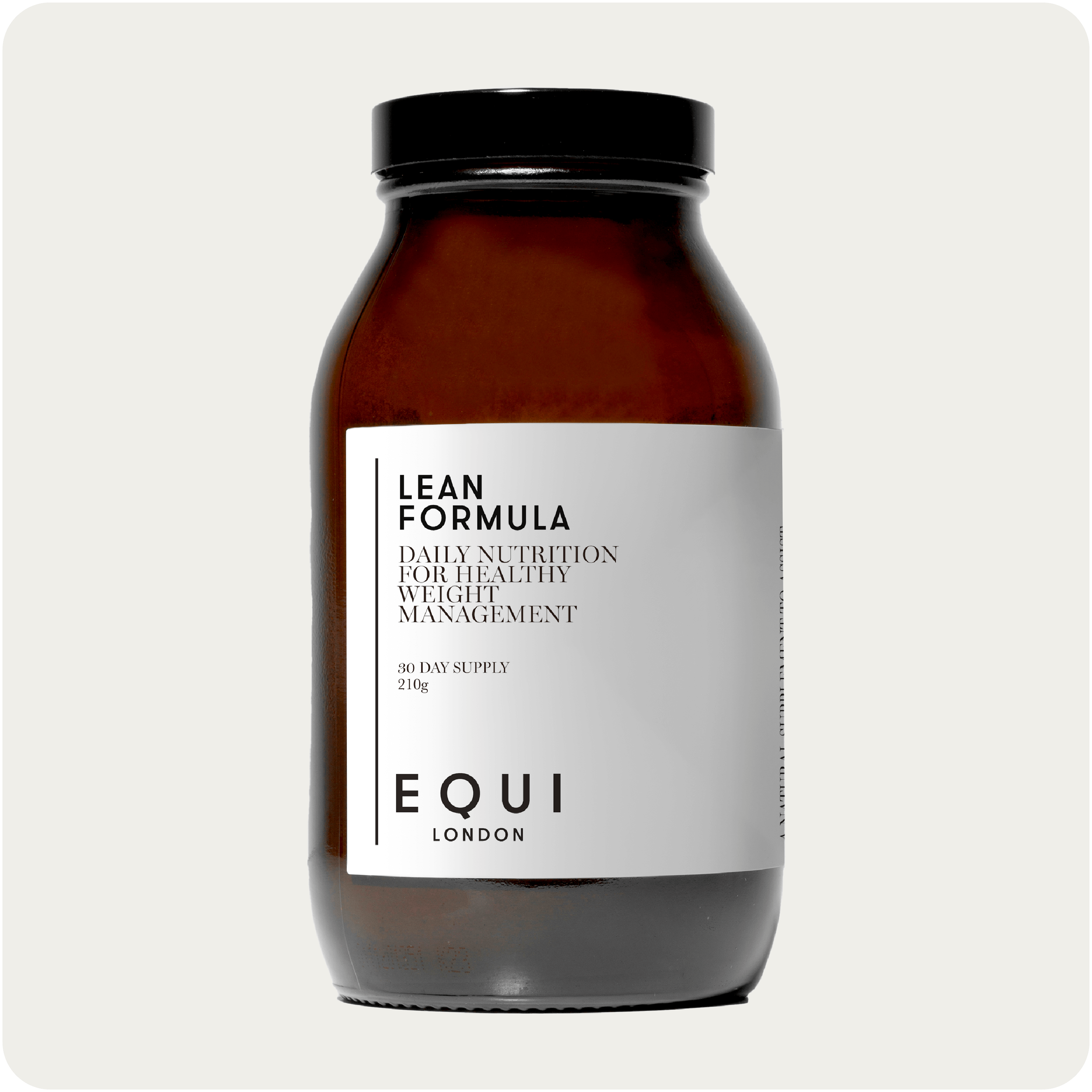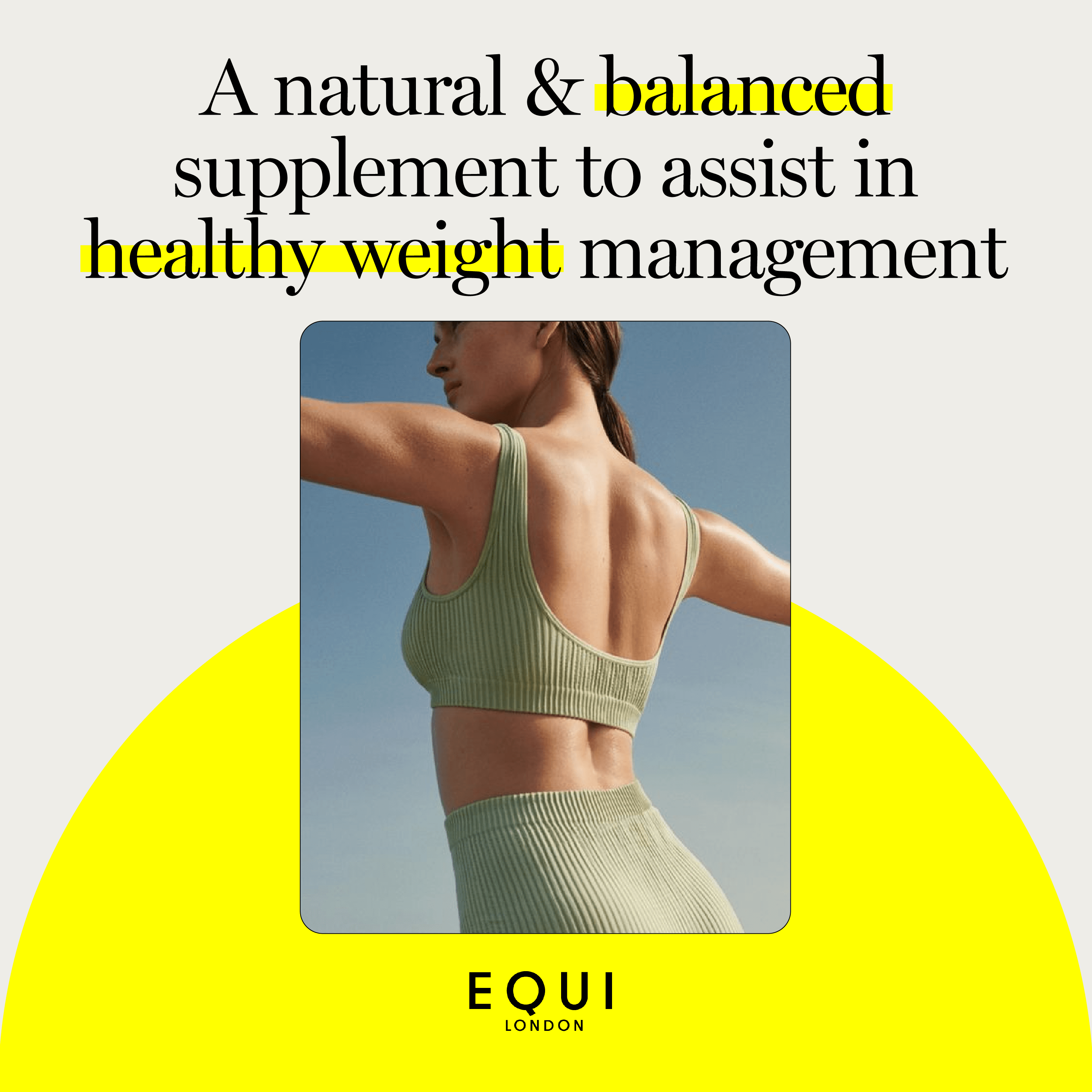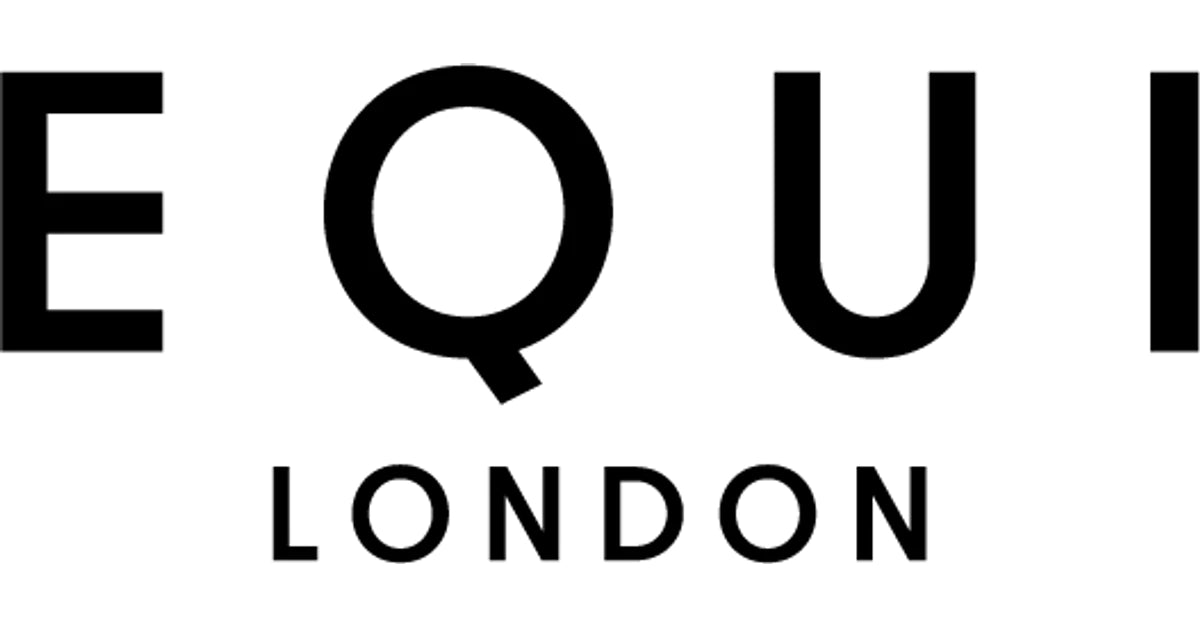
Welcome to our comprehensive guide on understanding sun exposure and how to manage it responsibly!
As summer rolls around, the call of warm, sun-filled days is almost irresistible. Whether it's lounging by the pool, hitting the beach, or simply enjoying the great outdoors, we are instinctively drawn to sunlight. While the sun plays a crucial role in our overall well-being, providing essential vitamin D and enhancing our mood, it's also essential to understand its potential dangers and know how to protect ourselves from overexposure.
Sunlight contains ultraviolet (UV) radiation, which, in excess, can lead to skin damage, premature ageing, eye conditions, and increased risk of skin cancer. Striking a balance between reaping the sun's benefits and safeguarding our skin and eyes can seem tricky. It's not about shunning the sun completely, but rather about smart and informed exposure. This guide aims to equip you with a clear understanding of what UV radiation is, the differences between UVA, UVB, and UVC rays, and how they affect our skin and eyes. We will delve into the sun's double-edged role in our lives, providing essential vitamin D while potentially causing harm. We'll also explore practical, science-backed strategies for sun safety, tailored to different skin types, and discuss how to recognise and respond to sun-related skin damage. Additionally, we will highlight the role of nutrition in protecting against sun damage and supporting overall skin health.
So, as we head into the sun-soaked season, join us in exploring the complex relationship between our bodies and the sun. Let's redefine our understanding of 'sunbathing' from a potentially harmful activity into a conscious practice. As you'll discover, with the right knowledge and habits, it's possible to enjoy the glorious sunshine while keeping our skin healthy and radiant.
Understanding UV Radiation
Understanding Ultraviolet (UV) radiation and its potential harm is the first step in safeguarding our skin health. UV radiation is a part of the sun's natural energy but can have detrimental effects on our skin and eyes. It's composed of three types of rays: UVA, UVB, and UVC.
UVA rays make up most of our sun exposure. They can penetrate deeply into the skin and contribute to premature skin ageing and wrinkling (photoaging). They're also now recognised as a significant contributor to the development of skin cancer (1).
UVB rays are partially absorbed by the Earth's ozone layer but are more biologically active than UVA rays. They are the primary cause of sunburn and play a key role in the development of skin cancer. UVB rays also contribute to photoaging, and their intensity varies by season, location, and time of day (2).
UVC rays are the most dangerous, but fortunately, they're almost entirely absorbed by the Earth's atmosphere and don't reach the ground. Thus, they're not normally a risk factor for skin cancer (3).
Research has shown that too much exposure to UV radiation can lead to DNA damage in the skin cells, which can result in mutations and eventually skin cancer (4). It's also associated with eye conditions such as cataracts and macular degeneration (5). Therefore, while sunlight is essential for vitamin D synthesis and mood regulation, it's crucial to balance these benefits with the potential harm caused by UV radiation.
Vitamin D – ‘The Sunshine Vitamin’
Vitamin D, often known as the 'sunshine vitamin', is synthesised when our skin is exposed to sunlight, particularly UVB rays. It's essential for maintaining healthy bones and teeth, supporting the immune system, and potentially protecting against some diseases (6). Striking a balance between absorbing enough sunlight for vitamin D production and protecting yourself from harmful UV radiation can be a tricky task that involves understanding more about sun exposure. Keep reading for some helpful advice to understand more about how much sun exposure might be enough for you!
Firstly, for optimal vitamin D production, it's suggested that exposing the face, arms, legs, or back to the sun without sunscreen for approximately 10 to 30 minutes between 10 a.m. and 3 p.m. at least twice a week can be enough (7). Factors such as geographical location, skin type, age, and the time of year can influence the amount of sun exposure needed for vitamin D synthesis. For example, those with darker skin may require longer sun exposure to produce the same amount of vitamin D as those with lighter skin due to higher melanin content (8).
On the flip side, excessive sun exposure, especially without protection, can lead to harmful effects like skin ageing, sunburn, and increased risk of skin cancer. Therefore, protective measures, such as using a broad-spectrum sunscreen with an SPF of at least 30, wearing protective clothing, and seeking shade during peak sun hours, should be adopted (9). Moreover, vitamin D can be obtained from dietary sources such as fatty fish, fortified dairy products, and supplements, providing alternatives for those with high sun sensitivity or during times when sun exposure is limited.
To be on the safe side, we are inclined to suggest keeping sun exposure to the minimum recommendation (such as 10 minutes a couple of times per week during the hours of 10am-3pm, depending on skin tone/colour and location/time of year) and to use protection for most of the time that you are exposed to the sun. Supplementing with vitamin D could therefore be a better and safer option, even during the summer months. Always consult with a medical professional or nutritionist when supplementing with vitamin D.
Pregnancy Formula contains an optimal dose of 25mcg (1000IU) of vitamin D, which is 150% more than the levels present in a high-street pregnancy supplement.
Sun Safety Basics
Practical sun protection goes beyond merely slapping on some sunscreen; it involves a combination of behaviours that work synergistically to shield your skin from harmful UV rays. Here, we give you the low down on how to protect yourself sensibly!
- Seek Shade - One of the simplest yet most effective strategies is to seek shade during peak UV hours, usually between 10 a.m. and 3 p.m. This is when the sun's rays are the strongest, and therefore, the risk of harm is highest (10).
- Invest in a Stylish Cover Up - Wearing protective clothing is another practical means of sun defence. This can include layering items over a bikini or swimsuit, such as long-sleeved shirts, wide leg trousers or floaty kaftans and cover ups. Wide-brimmed hats are another good option. Also, an extra tip for you - the tighter the weave and darker the fabric, the more protection it offers! Some clothing is even rated with an Ultraviolet Protection Factor (UPF) which indicates how much UV radiation can penetrate the fabric. A UPF of 30 or higher would be ideal!
- Invest in your Sunnies! - Sunglasses are essential for protecting your eyes from UV radiation, which can lead to cataracts and other eye diseases (11). Choose sunglasses labelled as providing 100% protection against both UVA and UVB rays.
- SPF 30 or Higher - Finally, sunscreen plays a crucial role in sun protection. Choose a broad-spectrum sunscreen, as it protects against both UVA and UVB rays, with an SPF of at least 30. Apply it generously, approximately 30ml (one ounce in the US or enough to fill a shot glass) to cover all exposed skin, and reapply every two hours, or immediately after swimming or excessive sweating.
Remember, no single method of sun protection is 100% effective. Combining these strategies provides the best defence against harmful UV radiation.
Antioxidants and UVA/UVB Rays
Did you know that nutrition can also play an essential role in protecting our skin against the harmful effects of UVA and UVB rays? Here are a few key nutrients that have been shown to offer sun-protective benefits:
Beta-Carotene (Vitamin A): This antioxidant, found in mostly orange fruits and vegetables like carrots, sweet potatoes, squash, and spinach, has been studied for its potential to protect skin from sun damage. It's thought to help neutralise harmful free radicals produced by skin exposure to the sun (12).
Vitamins C and E: These antioxidants work synergistically to protect the skin from sun damage. Vitamin C is found in citrus fruits and berries like oranges and strawberries, while vitamin E is present in nuts and seeds, such as almonds and sunflower seeds. Both vitamins are also present in high amounts in some leafy green vegetables (13).
Omega-3 Fatty Acids: These fats, found in oily fish like salmon and mackerel as well as flaxseeds and walnuts, have anti-inflammatory properties that may help protect against sunburn and cellular damage from sun exposure (14).
Polyphenols: Found in green tea, these potent antioxidants may help prevent skin cancer by neutralising free radicals and reducing inflammation (15).
Lycopene: This potent antioxidant found in tomatoes and other red and pink fruits such as watermelon and guava has been shown to protect against sunburn and may help prevent skin ageing due to sun exposure (16).
While these nutrients can contribute to skin health and potentially provide some level of protection against sun damage, they are not a replacement for sun-safe practices like wearing sunscreen and protective clothing and limiting exposure during peak UV times.
A Final Note - Recognising and Responding to Sun-Related Skin Damage
Recognising the signs of sun damage is an essential aspect of skin health. Sun damage can manifest in several forms, ranging from immediate effects like sunburn to long-term changes like age spots, wrinkles, and changes in moles.
Immediate effects of sun damage include sunburn, characterised by red, painful skin that feels hot to touch. In severe cases, sunburn can lead to blistering, peeling, and even heatstroke symptoms such as dizziness, rapid pulse, and nausea according to the NHS.
Long-term exposure to the sun's UV radiation can lead to noticeable changes in the skin. These can include freckles, age spots, spider veins, rough and leathery skin, fine lines, and wrinkles, all of which can signal sun damage (17).
Most alarmingly, prolonged sun exposure can lead to skin cancer, the most common cancer in the UK according to Cancer Research UK (18). Regular self-examinations of the skin for new or changing moles and spots can aid early detection. The ABCDE method recommended by the NHS can be helpful: Asymmetry, Border irregularity, Colour variation, Diameter (larger than 6mm), and Evolution (changes in size, shape, colour, or elevation).
If you notice any suspicious changes or have concerns about skin cancer, it's important to seek medical advice promptly. Contact your GP to discuss your symptoms and concerns. They can refer you to a specialist if necessary. The NHS advise that early detection is key in the successful treatment of skin cancer.
References:
-
American Cancer Society. (2021) 'Ultraviolet (UV) Radiation', American Cancer Society.
-
Mouret, S., Baudouin, C., Charveron, M., Favier, A., Cadet, J., & Douki, T. (2012) 'Cyclobutane Pyrimidine Dimers are predominant DNA lesions in whole human skin exposed to UVA radiation', Proceedings of the National Academy of Sciences of the United States of America, 103(37), pp. 13765-13770.
-
Skin Cancer Foundation. (2021) 'UVA & UVB', Skin Cancer Foundation.
-
World Health Organization. (2021) 'Ultraviolet radiation and the INTERSUN Programme', World Health Organization.
-
Yam, J. C. S. (2014) 'Ultraviolet light and ocular diseases', International Ophthalmology, 34(2), pp. 383-400.
-
Institute of Medicine. (2010). 'Dietary Reference Intakes for Calcium and Vitamin D'. Washington, DC: The National Academies Press.
-
Holick, M.F. (2007). 'Vitamin D deficiency'. The New England Journal of Medicine, 357, pp.266-281.
-
Feldman, D., Krishnan, A.V., Swami, S., Giovannucci, E., & Feldman, B.J. (2014). 'The role of vitamin D in reducing cancer risk and progression'. Nature Reviews Cancer, 14, pp.342-357.
-
American Academy of Dermatology. (2019). 'Sunscreen FAQs'. American Academy of Dermatology Association.
-
Skin Cancer Foundation. (2019). 'Sun Protection and Skin Cancer'. Skin Cancer Foundation.
-
Yam, J. C. S. (2014) 'Ultraviolet light and ocular diseases', International Ophthalmology, 34(2), pp. 383-400.
-
Stahl, W., & Sies, H. (2012). β-Carotene and other carotenoids in protection from sunlight. The American journal of clinical nutrition, 96(5), pp. 1179S-1184S.
-
Placzek, M., Gaube, S., Kerkmann, U., Gilbertz, K. P., Herzinger, T., Haen, E., & Przybilla, B. (2005). Ultraviolet B-induced DNA damage in human epidermis is modified by the antioxidants ascorbic acid and D-alpha-tocopherol. Journal of Investigative Dermatology, 124(2), pp. 304-307.
-
Pilkington, S. M., Watson, R. E., Nicolaou, A., & Rhodes, L. E. (2011). Omega-3 polyunsaturated fatty acids: photoprotective macronutrients. Experimental dermatology, 20(7), pp. 537-543.
-
Saric, S., & Sivamani, R. K. (2016). Polyphenols and Sunburn. International journal of molecular sciences, 17(9), pp. 1521.
-
Rizwan, M., Rodriguez-Blanco, I., Harbottle, A., Birch-Machin, M. A., Watson, R. E., & Rhodes, L. E. (2011). Tomato paste rich in lycopene protects against cutaneous photodamage in humans in vivo: a randomized controlled trial. British Journal of Dermatology, 164(1), pp. 154-162.
-
American Academy of Dermatology. (2021). 'Sun damage: Signs and prevention'. American Academy of Dermatology Association.
-
Cancer Research UK. (2019). 'Skin cancer incidence statistics'. Cancer Research UK.
